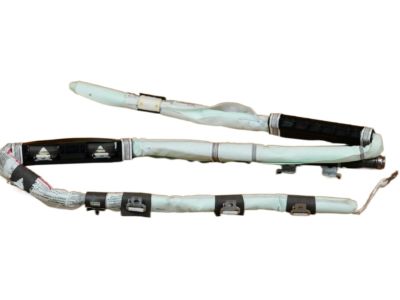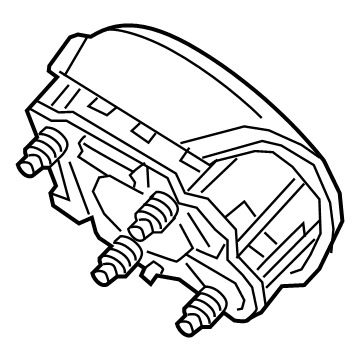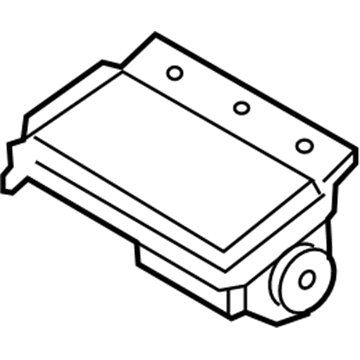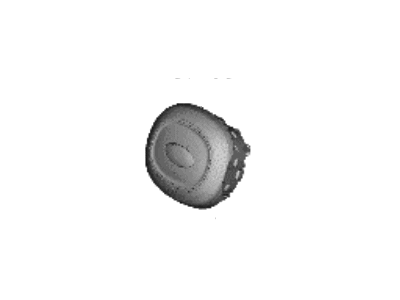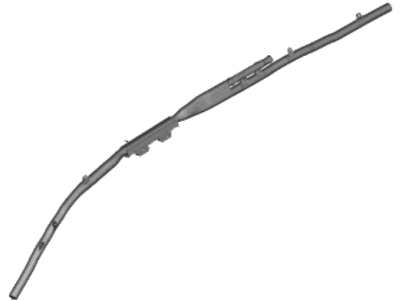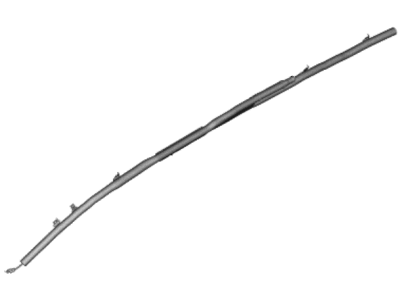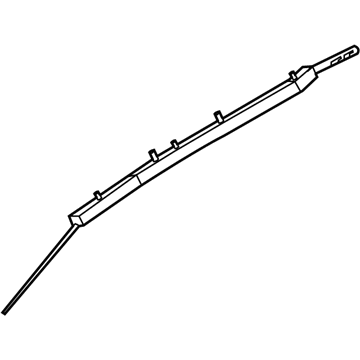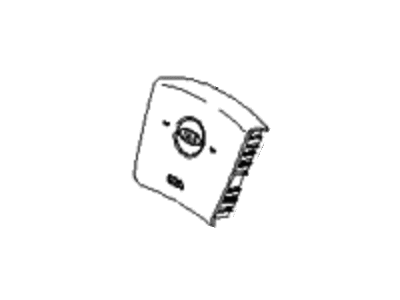×
- Hello
- Login or Register
- Quick Links
- Live Chat
- Track Order
- Parts Availability
- RMA
- Help Center
- Contact Us
- Shop for
- Kia Parts
- Kia Accessories

My Garage
My Account
Cart
Genuine Kia Sorento Air Bag
Air Bag Module- Select Vehicle by Model
- Select Vehicle by VIN
Select Vehicle by Model
orMake
Model
Year
Select Vehicle by VIN
For the most accurate results, select vehicle by your VIN (Vehicle Identification Number).
44 Air Bags found

Kia Sorento Steering Wheel Air Bag Module Assembly
Part Number: 569001U000VA$829.24 MSRP: $1217.69You Save: $388.45 (32%)Ships in 1-3 Business Days
Kia Sorento Curtain Air Bag Module, Right
Part Number: 85020C6500$730.97 MSRP: $1073.39You Save: $342.42 (32%)Ships in 1-3 Business DaysKia Sorento Module Assembly-STRG WHE
Part Number: 80100P2500WK$714.33 MSRP: $1048.95You Save: $334.62 (32%)Ships in 1-3 Business DaysKia Sorento Steering Wheel Air Bag Module Assembly
Part Number: 56900C6500WK$829.16 MSRP: $1217.57You Save: $388.41 (32%)Ships in 1-3 Business DaysKia Sorento Passenger Air Bag Assembly
Part Number: 845003E700$771.95 MSRP: $1133.55You Save: $361.60 (32%)Ships in 1-3 Business DaysKia Sorento Steering Wheel Air Bag Module Assembly
Part Number: 569003E600CQ$845.60 MSRP: $1241.70You Save: $396.10 (32%)Ships in 1-3 Business DaysKia Sorento MODULE ASSY-STRG WHE
Part Number: 80100P2600WK$1112.63 MSRP: $1633.82You Save: $521.19 (32%)Ships in 1-3 Business DaysKia Sorento MODULE ASSY-STRG WHE
Part Number: 80100P2600GYT$714.33 MSRP: $1048.95You Save: $334.62 (32%)Ships in 1-3 Business DaysKia Sorento Curtain Air Bag Modu
Part Number: 80410R5000$784.98 MSRP: $1152.69You Save: $367.71 (32%)Ships in 1-3 Business DaysKia Sorento Curtain Air Bag Modu
Part Number: 80420R5000$784.98 MSRP: $1152.69You Save: $367.71 (32%)Ships in 1-3 Business DaysKia Sorento Curtain Air Bag Assembly, Right
Part Number: 569603E501$769.92 MSRP: $1130.57You Save: $360.65 (32%)Ships in 1-3 Business DaysKia Sorento Curtain Air Bag Assembly, Left
Part Number: 569503E501$771.55 MSRP: $1132.97You Save: $361.42 (32%)Ships in 1-3 Business DaysKia Sorento Curtain Air Bag Assembly, Left
Part Number: 569503E500$779.31 MSRP: $1144.37You Save: $365.06 (32%)Ships in 1-3 Business DaysKia Sorento Curtain Air Bag Assembly, Right
Part Number: 569603E500$779.31 MSRP: $1144.37You Save: $365.06 (32%)Ships in 1-3 Business DaysKia Sorento Steering Wheel Air Bag Module Assembly
Part Number: 569103E500CQ$805.07 MSRP: $1182.19You Save: $377.12 (32%)Ships in 1-3 Business DaysKia Sorento Steering Wheel Air Bag Module Assembly
Part Number: 569103E500GW$805.07 MSRP: $1182.19You Save: $377.12 (32%)Ships in 1-3 Business DaysKia Sorento Steering Wheel Air Bag Module Assembly
Part Number: 569103E510CQ$826.35 MSRP: $1182.19You Save: $355.84 (31%)Ships in 1-3 Business DaysKia Sorento Steering Wheel Air Bag Module Assembly
Part Number: 569103E510ND$826.35 MSRP: $1182.19You Save: $355.84 (31%)Ships in 1-3 Business DaysKia Sorento Steering Wheel Air Bag Module Assembly
Part Number: 569103E520CQ$805.07 MSRP: $1182.19You Save: $377.12 (32%)Ships in 1-3 Business Days
| Page 1 of 3 |Next >
1-20 of 44 Results
Kia Sorento Air Bag
If you're in search of top-notch, reasonably priced OEM Kia Sorento Air Bag, then you've found the perfect spot. Our website boasts an extensive inventory of Kia Sorento Air Bag, all priced at the market's premier price. Rest assured, every genuine part we offer comes with a warranty straight from the manufacturer.
Kia Sorento Air Bag Parts Questions & Experts Answers
- Q: What is the purpose and functionality of the Supplemental Restraint System (SRS) and Air Bag in Kia Sorento?A:Standard safety features include a Supplemental Restraint System (SRS) or airbag system for the driver and front seat passenger for head-on or front impact. These are impact sensors, a driver's air bag module installed at the center of the steering wheel, passenger's air bag in the glove box chamber and a sensing/ diagnostic module put at the center of the car floor pan. Here some cars also contain side-impact airbags, these are the small bags situated on the side of seat backs that fold if there is a severe side-impact collision. The Air bag inflator module This is found in the steering wheel and has a housing that contains the Air Bag and the inflator unit, as soon as the inflator receives an electrical impulse, the bag is almost inflated immediately. The passenger airbag, which is significantly larger than the driver's, is located above and behind the glove box and the trimming has grooved face which opens up upon deployment. The sensing and diagnostic module supplies current to the air bag system during an impact, checks it at engine start and informs about malfunctioning of the system through the "AIR BAG" light. To prevent any accidental activation of the SRS components while working in that area, operation of the system has to be disabled by steering the wheels to a straight ahead position, turning the ignition key to LOCK position, removing the battery's negative terminal and waiting for not less than 2 minutes. In other concerns, the airbag opening should not be placed towards the body while holding it and it's ill advise to measure the resistance of any SRS component; electrical welding equipment should not be used where there is an airbag, especially without disconnecting the airbag connectors; and one should never dispose a live airbag module irresponsibly. Concerning the removal of airbag modules it is recommended not to do it without the help of skilled personnel.


